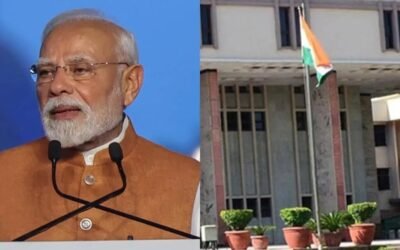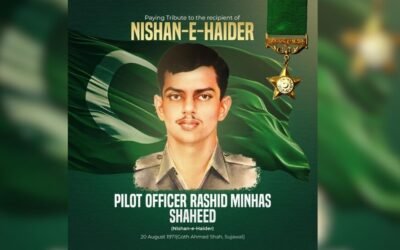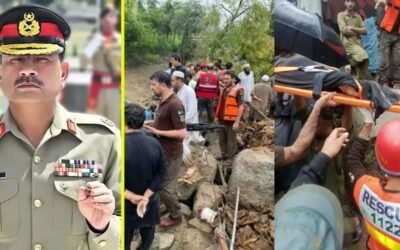Warfare has evolved over the centuries with the invention of new weapons, ammunition, artillery, and armed vehicles. However, no century experienced such rapid progress as the 21st. Wars were fought on the ground, and the victor lived to tell the story and shape the narrative. What happened on the battlefield was reported by the soldiers who survived, and there was never a clear way to understand the full scope of events. Modern warfare has significantly changed that. With the rise of social media and smartphones equipped with cameras that are widely available, conflicts have become content for public consumption. The outcome of war is no longer decided solely on the battlefield but also on social media, where both mature and immature defense analysts share their opinions.
Hybrid Warfare
Social media has become an unprecedented tool for influencing public opinion in real time. It differs from traditional mass media, such as newspapers and TV, which have historically been controlled and monitored by the state and used to present narratives in a positive light. With the rise of social media, we now face opinions and commentaries on conflicts from multiple sectors that are often immediate and unfiltered. Governments, military officials, civilians, and non-state actors all hold the power to shape narratives. This influence becomes even more significant during conflicts, where war is fought not only on the front lines but also online. It’s no longer about who wins, but how the situation is perceived on social media. Gathering public support has always been crucial for armies, but the easy access to information has made this even more important. An army that fights on land, in the air, and at sea now has to fight on a fourth, liminal battlefield: social media. Running PR campaigns on social media is now essential for all organizations, including military institutions. Public sentiment can shift through meme campaigns, digital misinformation, and cyber attacks. It has become increasingly difficult to distinguish truth from falsehood due to the flood of information from all directions, which is why militaries worldwide now have dedicated departments to clarify their stance and provide real-time updates about conflicts they are involved in.
Real Time Examples
The last five years have seen a surge in conflicts worldwide. Whether it be the Russian-Ukrainian War, Israel’s genocide of Palestinians, or the latest Indo-Pakistan stand-off, it is through social media that most of the information and real-time reporting of these events occurred.
Pak-India Standoff 2025
The recent Pakistan-India standoff resulted in a major clash not only on the battlefield but also on social media. Indian media outlets and influencers promoted their government’s stance despite significant flaws in their narrative. The ongoing sensationalization of the Pahalgam attack and the state media’s effort to link it to Pakistan fueled hostility among the Indian social media audience, with many issuing serious threats online. What began as an online hate campaign eventually led to the launch of Operation Sindhoor by the Indian army, highlighting how rhetoric based on false information and war-mongering can have real consequences. Even the name of the operation was chosen to stir religious sentiments.
Indian Member of Parliament for Lok Sabha @ShashiTharoor says #India’s “Operation Sindoor” is a powerful name that evokes the grief of a newly widowed bride—turning a symbol of marriage into a reminder of bloodshed and loss. #Pakistan #GNT pic.twitter.com/sWroFJFjMc
— Al Arabiya English (@AlArabiya_Eng) May 9, 2025
The Pakistani side also clarified their stance not only through State representatives who denied the false claims of the Indian government, but it was also echoed through social media, where the common citizen not only condemned the Pahalgam attack but also advised their Indian neighbors to question their government. This helped build a discourse that was not only focused on hating the other, but also on identifying the root cause of the issue and how it must be resolved. Aside from lighthearted memes on the grave situation, the Pakistani social media community also raised some of the most important questions regarding the conflict, as well as the Pahalgam attack and the serious lapses in the security of the Indian intelligence. It had its due effect, and most of the sane voices in India also started questioning their government.
Millions of $ blown up in operation sindoor, but why did it happen?
It happened b’coz an incompetent loud mouth home minister took safety of tourists casually and couldn’t provide a single personnel with a gun to protect 2000 tourists.
..and no one is asking his resignation. pic.twitter.com/QOH5vPVkrF
— Bhavika Kapoor (@BhavikaKapoor5) May 13, 2025
Russian Invasion of Ukraine
Modern military strategy has recently started to recognize the importance of managing perceptions both domestically and internationally. The way a country and its military are perceived globally significantly impacts their performance. Social media enables the shaping of a soft image and rallying public support for military leadership. This is evident in the Russian invasion of Ukraine in 2022. Although Ukraine was not militarily dominant, it gained substantial support through President Volodymyr Zelensky’s daily video updates about the situation on the ground, often filmed with the rubble of bombed areas in Kyiv in the background. This created a very humanized image of Ukraine and its military as resistance fighters against an oppressive and evil force.
Mariupol. Direct strike of Russian troops at the maternity hospital. People, children are under the wreckage. Atrocity! How much longer will the world be an accomplice ignoring terror? Close the sky right now! Stop the killings! You have power but you seem to be losing humanity. pic.twitter.com/FoaNdbKH5k
— Volodymyr Zelenskyy / Володимир Зеленський (@ZelenskyyUa) March 9, 2022
Palestinian Resistance to Israel’s Genocide
Palestine’s resistance against the apartheid state of Israel has been one of the longest ongoing resistance movements in the world, spanning over 75 years. Surviving under bans on freedom of speech, literature, and media, the movement has persevered despite mass slaughter and genocide by Israel. In recent years, the Palestinian resistance movement has gained traction on social media, where Palestinian youth have exposed Israel’s severe crimes against humanity. Social media journalists like Plestia Alaqad (instagram @plestia.alaqad), Bisan Owda (instagram @wizard_bisan1), as well as photo journalist, Motaz Azaiza (instagram @motaz_azaiza,) record and report on-ground realities of Israeli aggression to the world and have become voices of hope for the liberation of Palestine. They are actively using social media in their struggle against a genocidal state. This is another instance of how it gives voice to the voiceless and oppressed.
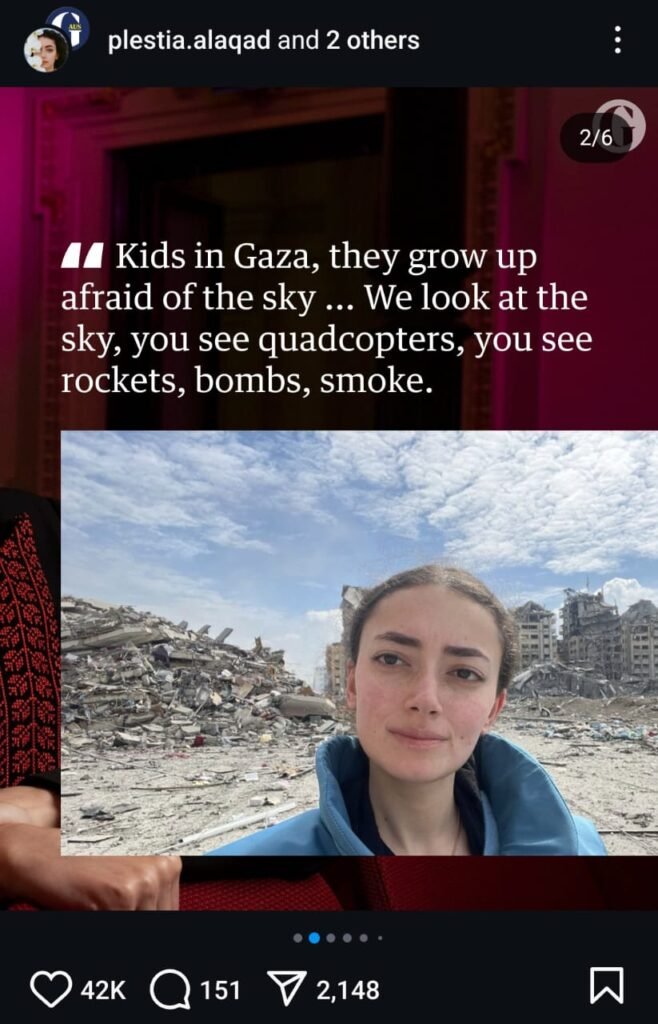
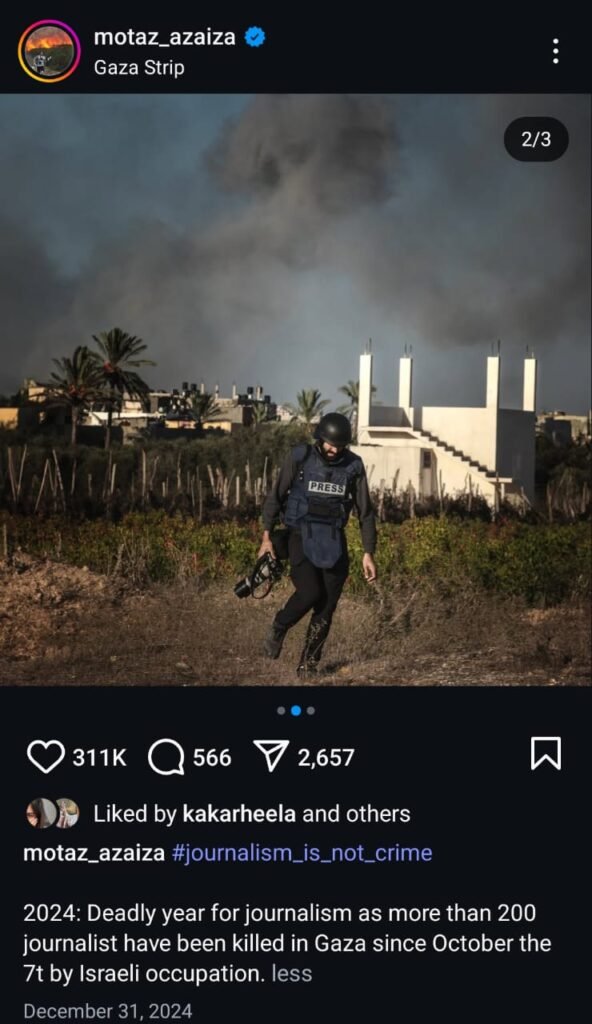
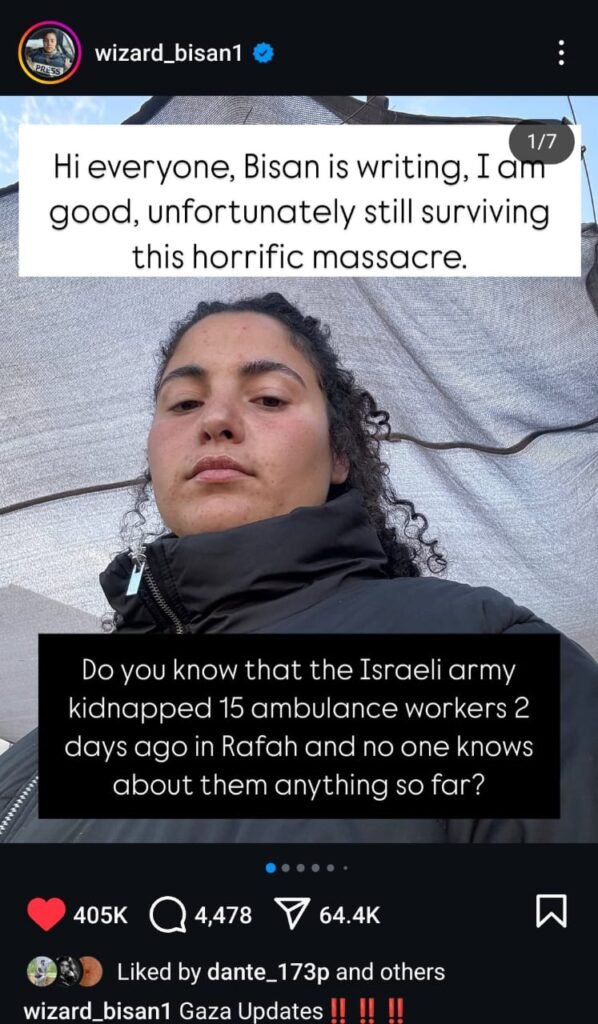
Social media has become a powerful force in modern warfare. Narratives are built upon it, and military developments are reported to the world in real-time. There is an ongoing battle of narratives on social media, just as there is in the physical, on-ground fight. With real-time consequences for those on the ground, it has become increasingly important to monitor online discussions about warfare on social media.


